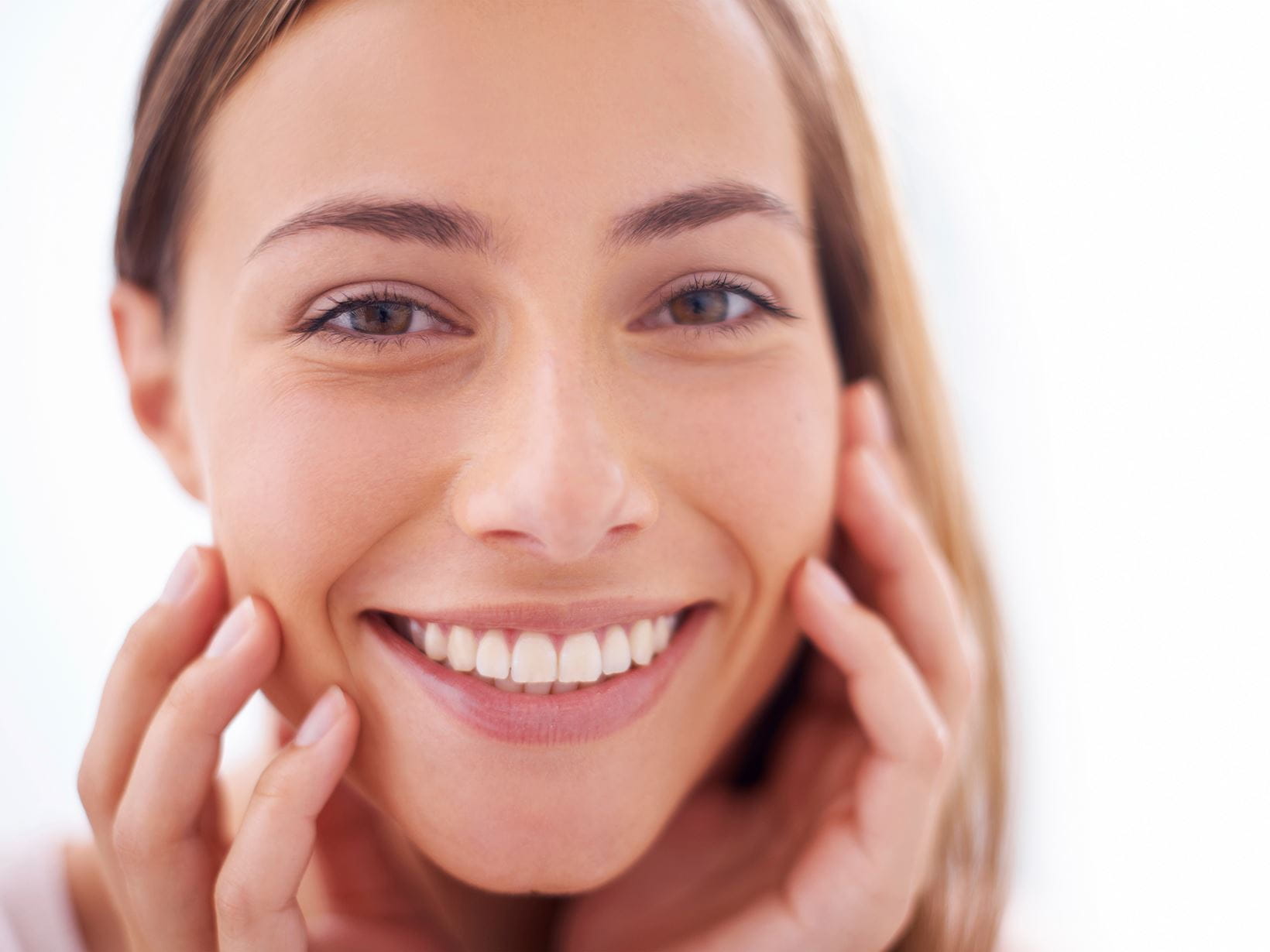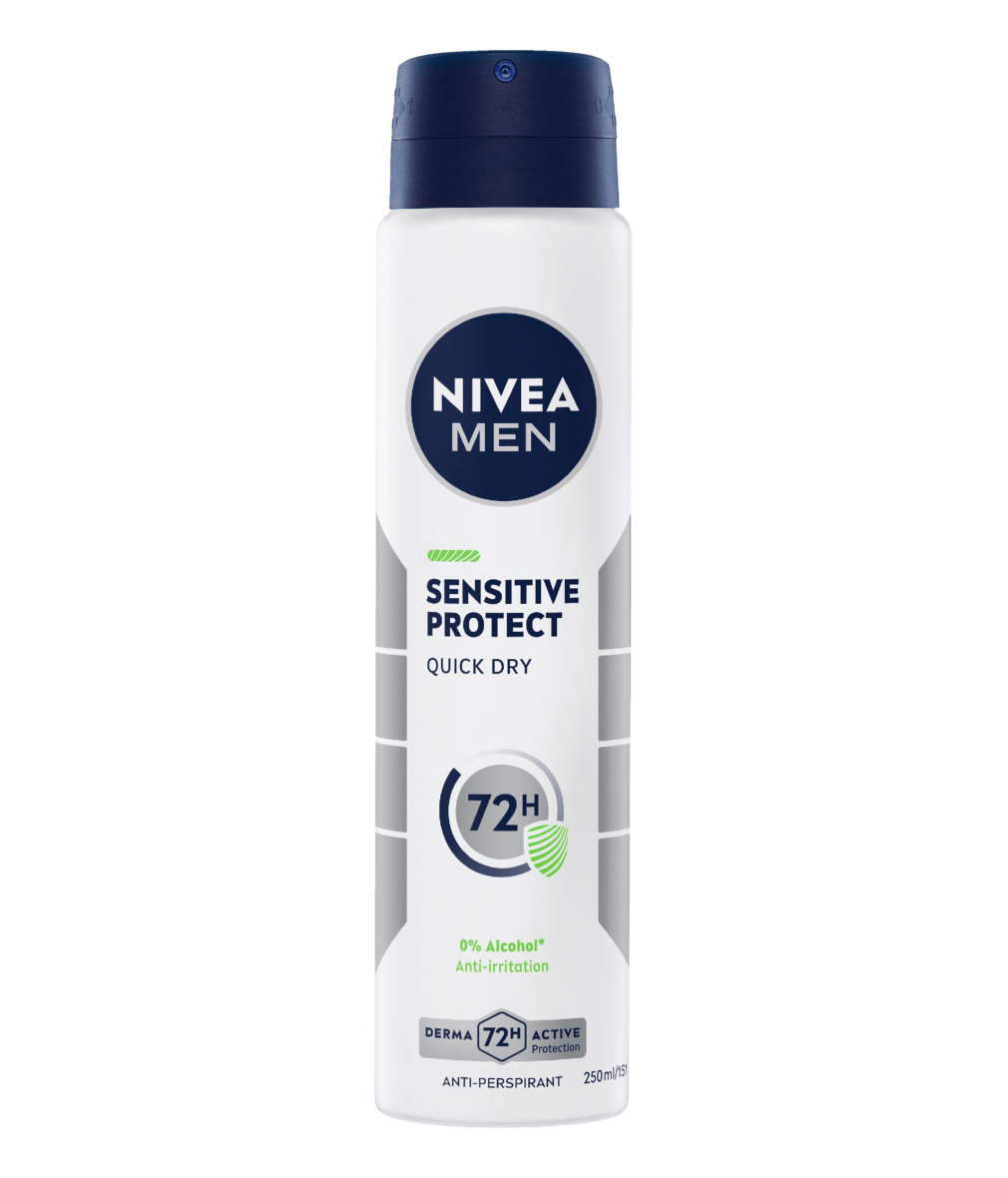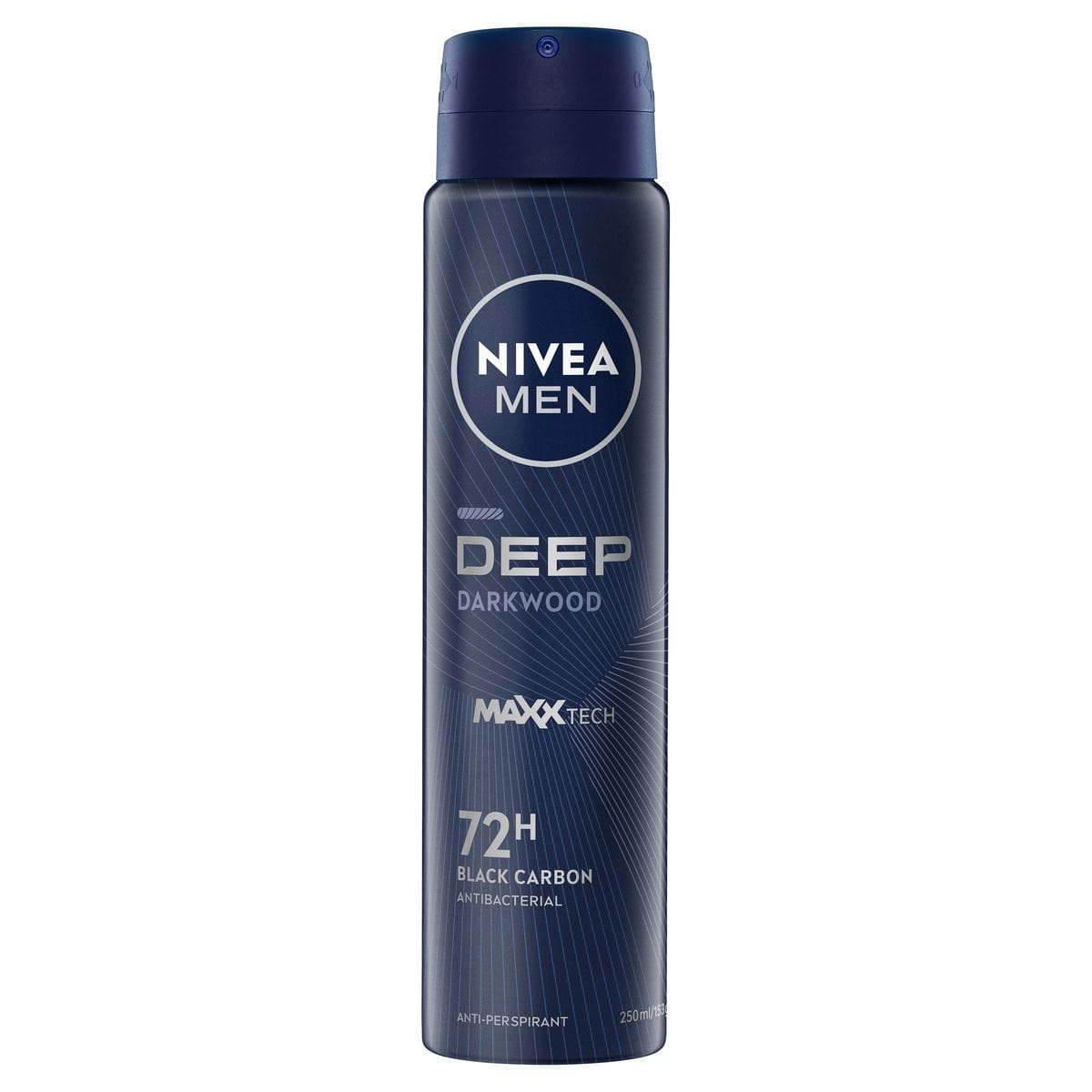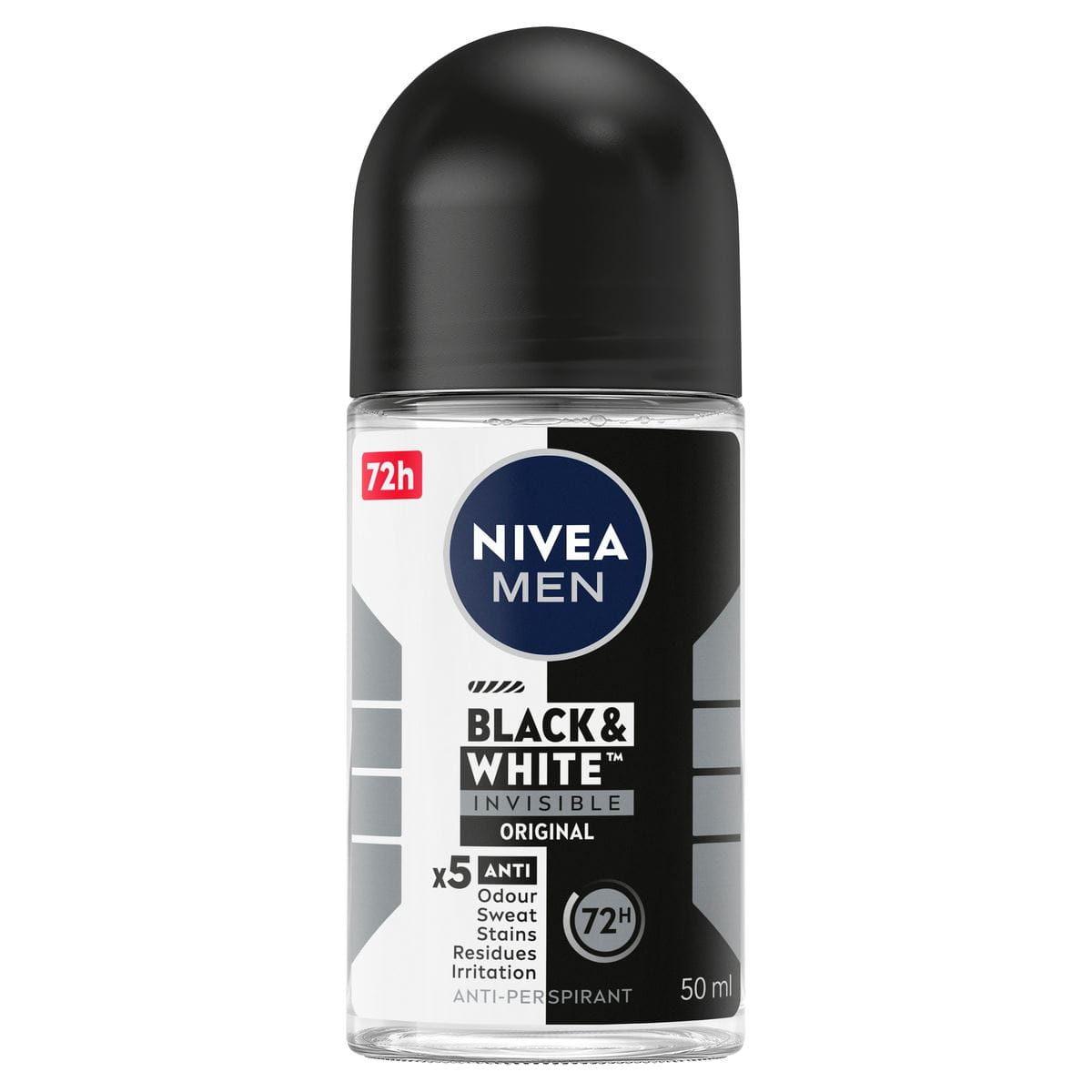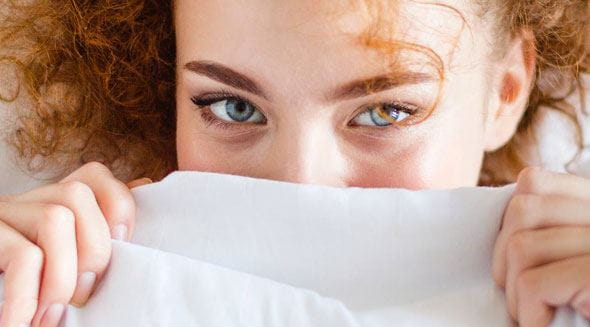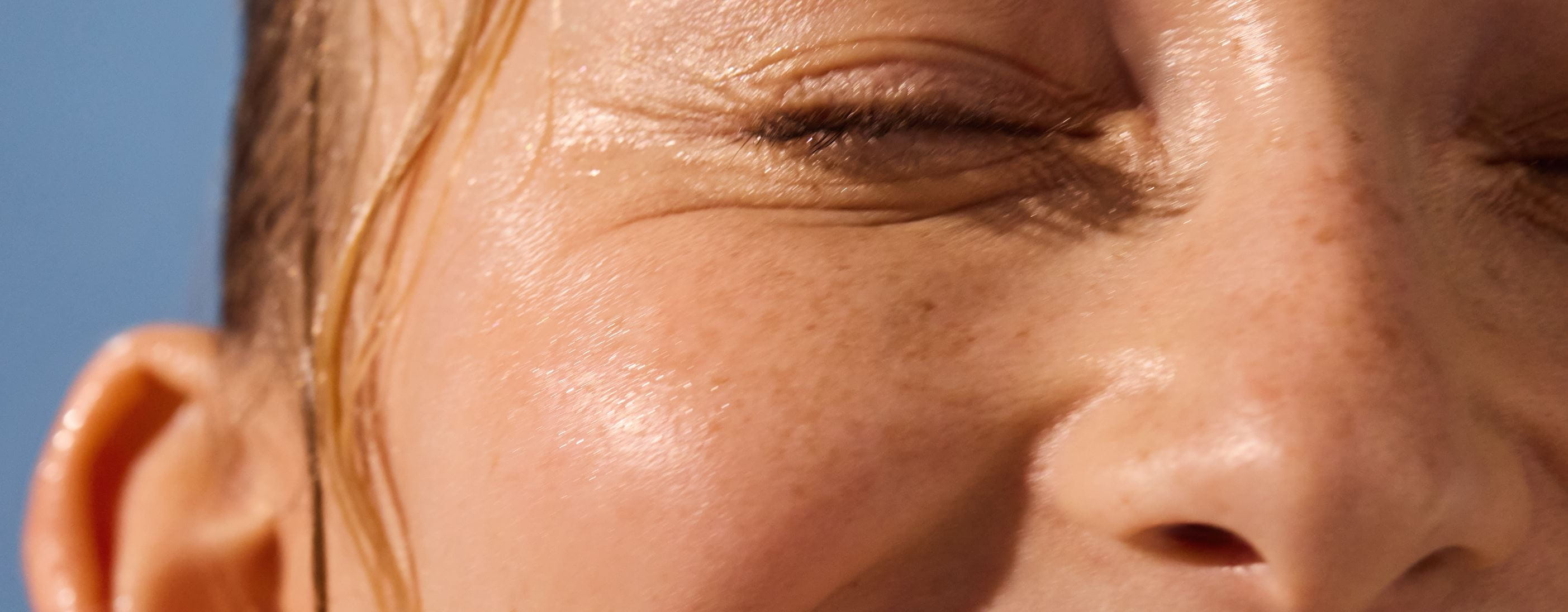
How To Treat & Prevent Maskne
Learn more the phenomenon known as maskne, what causes it and the steps that you can take to get rid of it
For better or for worse, the new normal requires that we wear masks regularly, and for longer periods of time. This has given rise to a new problem for quite a few people, especially front-line workers and those employed in the medical profession: mask-related acne, or maskne.
Let’s take a closer look at the phenomenon known as maskne, how to prevent maskne and how to treat your mask-induced malaise. For further information on the subject of acne treatment, read our guide on How to Prevent and Treat Pimples and Acne to learn how to better deal with acne-prone skin.
What causes maskne?
How to prevent maskne
Maskne Treatment

